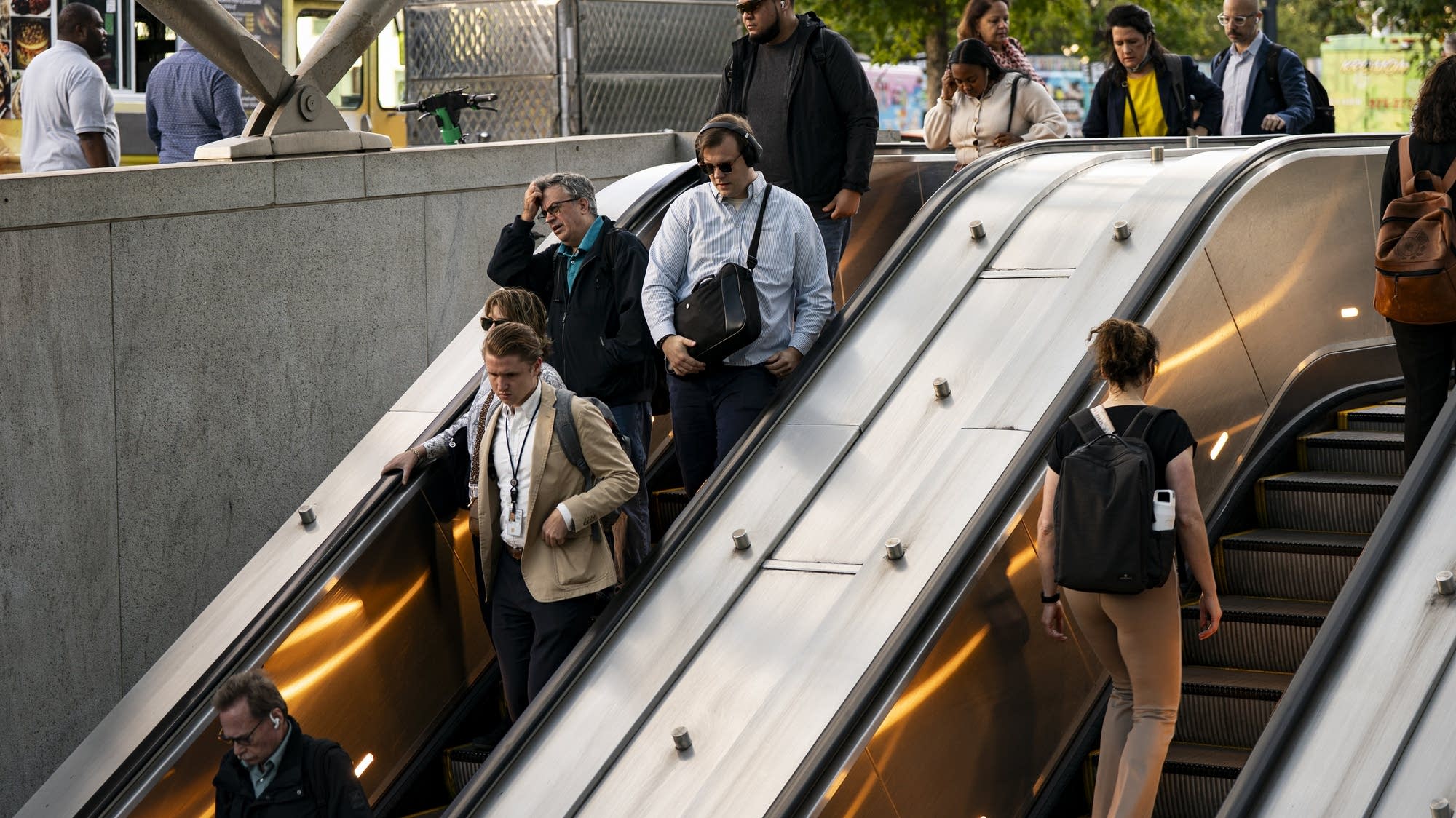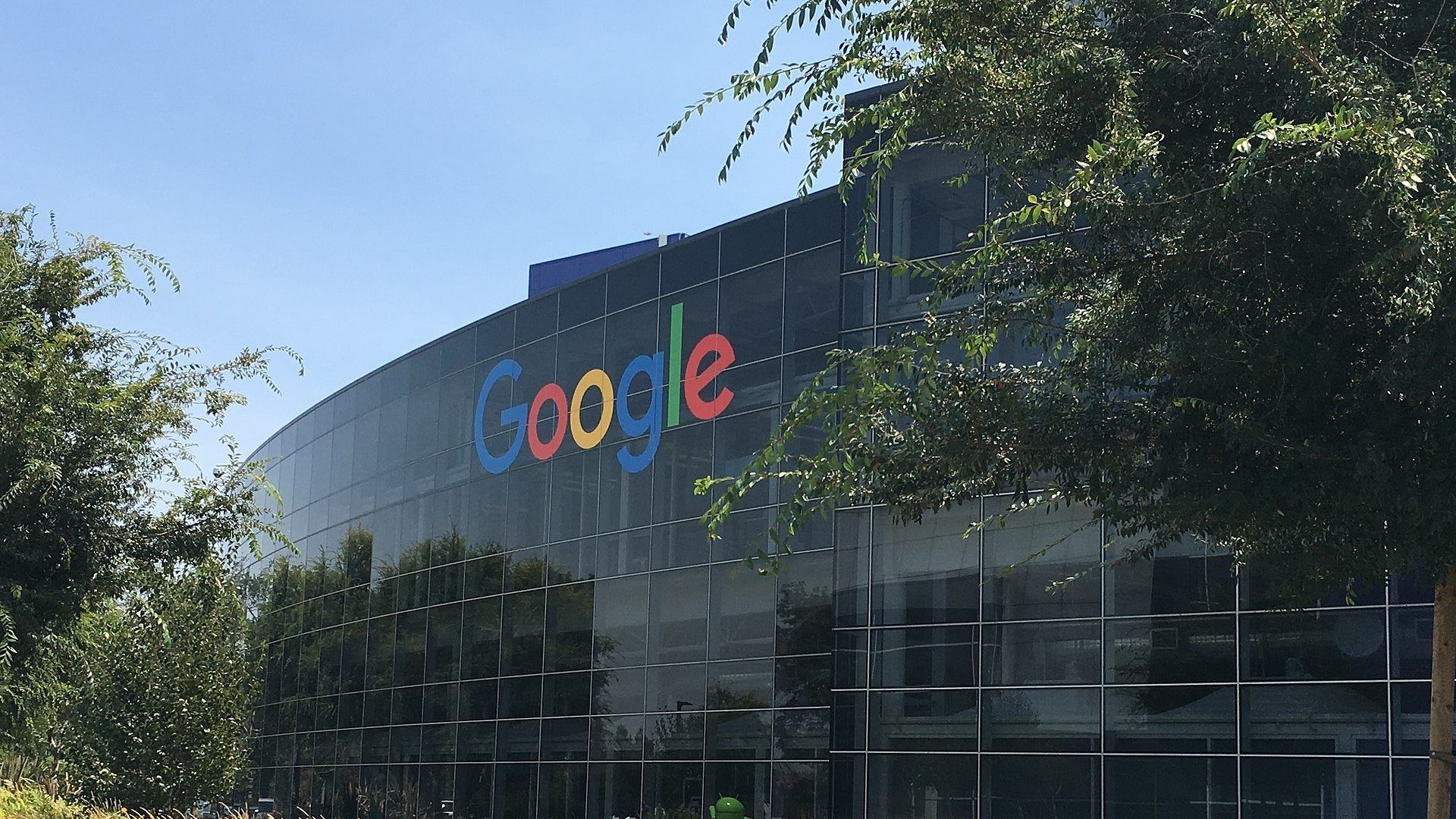#hybrid-work
#hybrid-work
[ follow ]
#remote-work #return-to-office #workplace-policy #employee-retention #remote-work-policy #leadership
fromFortune
4 days agoThe workplace needs to be designed like an 'experience,' says Gensler's Ray Yuen, as employees resist the return to office | Fortune
"We're no longer just designing workplaces, we're actually designing experiences," said Yuen, at the Fortune Brainstorm Design forum in Macau on Dec. 2. "You've really got to make the campus or the workplace more than work, and that's the fun part of it."
Design
fromBig Think
2 weeks agoRemote control: Meet "the father of telework"
It was a phenomenon that Nilles, a U.S. Air Force veteran turned NASA consultant, dubbed the "telecommunications-transportation tradeoff." Viewing remote work as a potential substitute for commuting, Nilles sought to gauge telework's effectiveness by partnering with a major national insurance company (whose name he still can't divulge for legal reasons). A group of employees worked from local centers equipped with "minicomputers" that transferred data to the company's mainframe. In the 1974 pilot study, Nilles concluded that this approach resulted in higher productivity and reduced turnover.
Remote teams
fromTime Out Johannesburg
2 weeks agoIs Joburg becoming a 15-Minute City?
As Joburg shifts towards hybrid work and suburban hubs start buzzing like mini city centres, we might finally be heading towards something better: the rise of the 15-minute city. The idea, popularised by French urbanist Carlos Moreno, is simple: everything you need (work, food, fitness, childcare, errands, downtime) should be within a 15-minute walk of home. Paris made it famous. But Joburg, with its scattered nodes and endless commute culture, might be the city that needs it most.
Real estate
fromFast Company
3 weeks agoWhy entry-level workers are more hopeful than their bosses right now
Glassdoor's latest numbers show something many leaders might not expect: Confidence is rising among those at the beginning and middle of their careers. Entry-level confidence ticked up 1.9 points and mid-level roles rose 2.3. After several years defined by layoffs, volatility, and reorganization, you'd think this group would be the most anxious. But instead, they're slowly stabilizing-and in many cases, feeling more empowered.
Careers
fromObserver
3 weeks agoInside the Trust Recession: What's Driving the Crisis in Modern Leadership
Trust. Without it, every relationship disintegrates into dust. Today's workplace is being reshaped by forces that make trust harder to build and easier than ever to lose. Artificial intelligence is accelerating decision cycles. Hybrid work has reduced organic connection. And after years of economic volatility, employees are more skeptical of leadership notices and more sensitive to signs of inconsistency. We've become obsessed with automation without connection and conversations without intention. The result is reactive behavior that breeds short-term thinking and corrodes long-term reputation.
Business
fromPhys
3 weeks agoRethinking happiness in the hybrid workplace
Have you ever misinterpreted a colleague's tone on a Teams chat? Or wondered what Mike meant by his face-without-a-mouth emoji in response to your carefully worded idea? A new book by University of Auckland Business School Associate Professor Barbara Plester explores how communication, fun, humor and happiness are evolving in the age of hybrid work. "Hybrid Happiness: Fun and Freedom in Flexible Work" investigates the social and emotional effects of flexible work.
Remote teams
fromeLearning Industry
3 weeks agoMicrolearning: A Must-Have In Hybrid Work
In a series of articles, we'll explore how these methods have evolved beyond novelty and are now shaping the way people actually learn on the job. From microlearning in hybrid work, to gamification that drives application, to embedding learning into the flow of work, and finally balancing campaigns with journeys for lasting impact, we'll look at how L&D teams can design learning that fits seamlessly into daily routines and business priorities.
Online learning
Artificial intelligence
fromwww.tipranks.com
4 weeks agoCXApp, Noro intend to enter strategic collaboration for Agentic AI - TipRanks.com
CXAI and Noro combine Agentic AI and life-size immersive portals to enable adaptive, human-centered hybrid work, reducing travel and emissions while improving engagement.
Real estate
fromLondon Business News | Londonlovesbusiness.com
1 month agoThe return of the office: Why London companies are reinventing workspaces, not abandoning them - London Business News | Londonlovesbusiness.com
London offices are not dying; they are being transformed into people-focused, hybrid workplaces supporting connection, culture, and redesigned environments.
Business
fromAbove the Law
1 month agoNew Year's Forecast For This Top 20 Biglaw Firm? Four Days In The Office, Rain Or Shine - Above the Law
Goodwin will require attorneys to work in-office Monday through Thursday starting January 5, 2026, while offering limited flexible accommodations and removing attendance dashboards.
fromFortune
1 month agoGen Zers are using AI to skip meetings, get promoted faster and win bigger salary hikes. But they don't feel great about it | Fortune
Gen Z is quietly rewriting the rules at work by letting AI take their meetings. An October study from Software Finder, a software discovery platform and database, found that three in ten survey respondents admitted to skipping a meeting, banking on AI to "have their back" by taking notes. The survey also found that 19% of full-time worker respondents use AI tools to automatically generate meeting notes. The strategy is paying off for some: According to the research, employees that use AI regularly to take meeting notes were 28% more likely to be promoted, compared to 15% otherwise, and earned nearly $20,000 more annually.
Artificial intelligence
fromThe Conversation
1 month agoHome vs office working: why it doesn't have to be a battle
More than five years into the homeworking revolution, a narrative seems to have emerged - of employees being hauled back to the office against their will. This contrasts with what COVID taught us: that people can work flexibly, benefit from not commuting, and even work for employers based far from their home - expanding the labour pool for employers. In fact, both of these arguments are oversimplifications.
Remote teams
Online learning
fromBusiness Matters
1 month agoEmpowering Leaders: How a Coaching Platform Transforms Business Leadership
Scalable coaching platforms transform leadership by enabling personalised, continuous development to meet complex, digital and hybrid-work demands requiring emotional intelligence.
fromBusiness Matters
1 month agoWhy Enterprise Browsers Are the Quiet Revolution in Workplace Security
The browser has quietly become the nerve centre of modern business. It's where we access our CRM, collaborate on documents, check financial dashboards, and run customer calls. Yet while companies spend millions securing networks and devices, the browser, the window through which almost every work app is opened, is often left unguarded. That oversight is proving costly. The more we rely on cloud software, the greater the risk of session hijacks, data leaks, and compromised credentials.
Information security
fromBusiness Matters
1 month agoHow Hybrid Work Is Reshaping London's Offices, Commuting and Local Services
The traditional five-day commute into a central office hub is no longer the default for millions of UK workers. That change gives people more freedom. But it also creates a deep problem for commercial property owners and the city itself. Empty floors, shrinking tenancies and new demands for flexibility force companies to rethink their physical space. This piece explains how a lasting shift to hybrid schedules is remaking London's business map, pushing office conversions, and building a new market around short-term and on-demand services.
Real estate
fromBusiness Insider
1 month agoAfter 2 years and roughly 2,000 applications, I got a job offer. Here's what finally worked for me.
I sought outside counsel from recruiters or others in managerial positions. I also tried out three résumé-writing services, spending hundreds of dollars on them with no results. I also used ChatGPT, but I really didn't like what I read from it. My résumé got to the point where it just sort of felt like some random keywords that were hopefully going to be caught by the ATS system.
Careers
Remote teams
fromFortune
1 month agoGoogle is tightening its 'Work from Anywhere' policy: Now a single day will count as a full week | Fortune
Google tightened its Work From Anywhere policy by counting any WFA day as a full deducted WFA week, reducing remote flexibility and enabling disciplinary enforcement.
Real estate
fromLondon Business News | Londonlovesbusiness.com
2 months agoHow companies are using data to reimagine hybrid space utilization - London Business News | Londonlovesbusiness.com
Hybrid work transforms offices into data-driven living systems that optimize space utilization, reduce real estate costs, and improve employee experience through real-time analytics.
fromFast Company
2 months agoAs many CEOs call employees back to the office, this CEO is bucking the trend and embracing remote work
Remote options became ubiquitous, and many employees, when possible, were given the tools they needed to do their jobs from anywhere. Now, even as other financial services companies and banks have issued return-to-office mandates, Doubles is making a different bet: Stamford, Connecticut-based Synchrony allows its more than 20,000 employees to work from home or in a company facility (or a mix of both) with in-person gatherings for training, leadership meetings, innovation sessions, and culture-building events.
Remote teams
Business
fromInc
2 months agoAs Many CEOs Call Employees Back to the Office, This CEO Is Bucking the Trend and Embracing Remote Work
Synchrony adopted a flexible hybrid work model, reducing turnover, increasing applications by 30%, improving employee rankings, and delivering strong financial and stock performance.
fromeuronews
2 months agoThe new hybrid working norm in the UK: How many days in the office?
In 2025 through August, 85% of UK job postings mentioned a hybrid schedule requiring at least two days a week in the office, compared with 65% in 2022, according to Indeed. The number of in-office days in hybrid roles shifted significantly between 2022 and 2025. One-day requirements fell from 35% in 2022, to 15% in 2025. Two days rose from 48% in 2022, to 56% in 2025.
UK news
[ Load more ]























